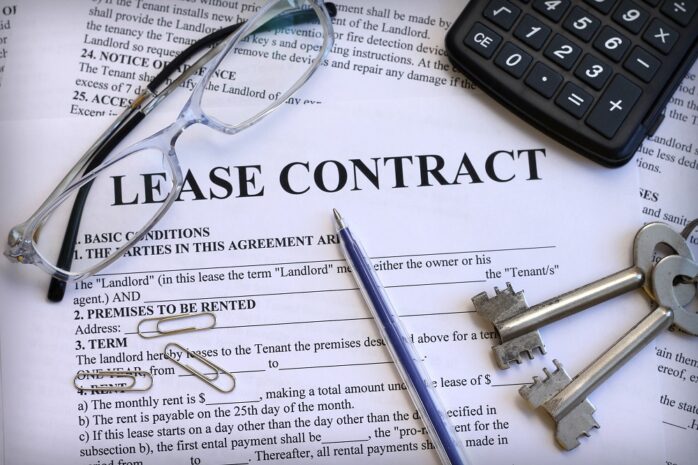There are a few ways to reduce corporate income tax burdens. Tax savings are essential for further company development even if a social responsibility is one of the core values of a corporation. Get to know five ways entrepreneurs cut their corporate income tax (CIT) and personal taxes.
1. Choose a low-tax jurisdiction
In order to decrease a corporate income tax a location of company shall be carefully chosen. You can find a tax heaven for your company even in European Union so you can run your business in Europe without obstacles. Europe is also good for international business thanks to international trade agreements with other countries.
A report on top 10 tax heavens in European Union composed by a consulting company named CompanyRomania.com shows that Romania, Hungary and Croatia are the most favorable places to set up a company in terms of income taxes, bureaucracy and political corruption. All of the countries belong to the European Union.

For example, in Romania a company income tax rate can be as low as 1% of yearly revenue without and hassle. Transparent and honest tax law makes “Romania one of the most favorite countries to open a company in, especially among small and medium entrepreneurs” – emphasizes Szymon Ziemba, a Company in Romania representative, who specializes in company registration in Romania.
According to the Romanian trade register a sharp increase in quantity of IT and online services companies can be easily noticed. However, registering a business abroad for a foreigner is always a complicated procedure, and many legal and financial aspects should be considered. Fortunately, small and medium enterprises can also afford a specialized advice.
2. Increase company’s tax-deductible costs
Entrepreneurs can reduce an income tax by costs incurred in the accounting books. What does this mean for the entrepreneur? The higher the tax-deductible costs, the lower the taxable income – and thus the lower the amount of the corporate income tax advance payment.
When settling with the tax office on a tax scale or flat tax, we determine the amount of income tax as a percentage of the income earned. We determine the income by subtracting tax deductible costs from the revenues.
From the definition of the act on personal income tax itself, it follows that tax deductible costs are costs incurred in order to achieve income or to maintain or secure a source of income, with the exception of the costs listed in art. 23. This means that the costs listed in Art. 23 of the Personal Income Tax Act cannot constitute a tax-deductible cost.

Each entrepreneur, before introducing an expense into tax deductible costs, should analyze whether the expense incurred is related to his business activity or secures the sources of his income and is not on the list of non-deductible expenses listed in Article 23 of the Personal Income Tax Act. physical.
What could be the deductible cost?
Expenses – i.e. tax deductible costs – do not always have to be documented with a VAT invoice issued to the company. The proof of incurring the cost may be, for example, a proof of postage or a bank statement.
On this basis, we can classify as tax deductible costs related to maintaining a bank account or fees for bank transactions. Diets may also be a cost if they are related to a business trip, as well as parking tickets, travel tickets. If the motorway receipt contains the seller’s details, tax identification number, amount and VAT rate, the VAT payer may deduct VAT on the basis of the receipt itself.
Entrepreneurs running their business in an apartment or at home may allocate part of the property to the needs of running a business and thus downsize CIT. The size of the area should be estimated as a percentage of the total area of the flat or house. On this basis, a certain percentage of expenses for rent, electricity or other utilities can be counted as tax deductible costs. We document the expenses for non-corporate utilities in the company’s expenses with internal evidence. The next step that will increase the amount of tax deductible costs is the introduction of a flat or a house to the company’s assets.

It should be remembered that we can introduce real estate to the company’s assets, which is our property and in the value corresponding to a proportion of the apartment intended for the needs of the business. The property will be depreciated from this value – this means that every month, starting from the month following the introduction of the property to the company’s assets, a certain amount will be recognized as tax deductible costs.
Entrepreneurs who purchased real estate on a loan may include the interest part as tax deductible costs on the date of payment of the loan installment (but also in proportion to the area used for business activity).
Business owners may also count as tax deductible expenses related to the equipment of an office or an office run in an apartment, provided that we will receive clients in a room intended for business purposes. Nowadays, a computer, printer, scanner, and even a camera are every entrepreneur’s work tool, so there are no obstacles to record such expenses as costs.
3. Purchase of external services
Most companies purchase services from other contractors. Such services include access to online applications, accounting services, marketing, advertising, legal services, maintenance of domains, servers, website positioning services, courier and transport services and many others. Expenses incurred for these purposes must be related to the conducted business activity and should be documented by an invoice or a bill issued to the company.

It happens that the person who provided the service to our company does not run a business. Then, a contract for specific work or mandate should be signed. Expenses for employing persons under an employment contract, order or specific work constitute tax deductible costs at the time of payment of remuneration. It should be remembered that we become payers for employment contracts, specific-task or mandate contracts, and on behalf of the employees we also have to make an advance payment for income tax and social security contributions.
4. Non-company and company vehicles
Non-company vehicles – these are vehicles that are not included in the property of the entrepreneur’s company, and are used as part of business activities. An entrepreneur who uses a vehicle not owned by him should have a vehicle lending or rental agreement signed with the owner. It may include as tax deductible expenses expenses related to the maintenance of the vehicle on the basis of purchase documents issued for the company or contracts concluded for the company. In the case of passenger vehicles, the amount of expenses is limited by the mileage limit, so there is a need to keep two records at the same time – a record of the vehicle’s mileage and a record of incurred expenses. In the case of trucks and passenger cars under lease, there is no obligation to keep records of the vehicle mileage.
Leased vehicle – the purchase of an operating lease vehicle is a very favorable tax optimization. An entrepreneur who has purchased a vehicle under operating lease may include invoices relating to initial rent, leasing installments, expenses related to the maintenance of the vehicle as tax deductible costs, and there is no obligation to keep records of the vehicle’s mileage.

The purchase of a new passenger vehicle under operating lease allows for the deductible costs of leasing expenses based on VAT invoices. Value of the vehicle in excess of some amounts cannot be depreciated and therefore income tax deductible in some countries e.x. Poland.
Vehicle in the company’s assets – vehicles introduced into the company’s assets are subject to depreciation. This means that a certain amount is posted to the tax-deductible costs on a monthly basis. Company passenger vehicles do not require keeping a log of the vehicle mileage. Heavy goods vehicles can be fully depreciated in the month of entry or the month following their entry into company assets in some countries
If the purchase of a company vehicle is financed with a loan, the entrepreneur may include the interest part as tax deductible costs on the date the loan installment is paid.
Transferring profits to more favorable tax jurisdiction
Large corporations usually have a group of incorporated entities and make transactions actions among them. If coordinated, it can turn out that the CIT is minimized on international level.
That these wear transfer pricing law comes into play, so beware any financial decisions before you consult to high-class tax specialists.
The post How to Reduce a Corporate Income Tax? appeared first on FotoLog.
from FotoLog https://ift.tt/32fvNqk
via IFTTT


0 Comments